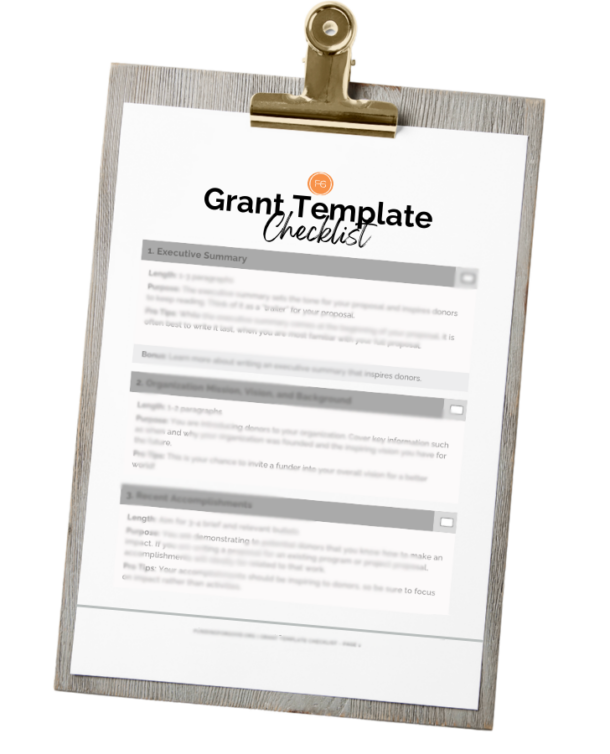Do you have a donor relation plan? Do you know how you will touch various types of donors throughout your year?
A best practice that many have heard is that there should be at least seven donor touches every year. That’s not seven ‘asks’, but seven opportunities to engage your donors. Some of those touches can be ‘asks’, but not all of them. Let’s explore the 7 donor touches.
Even though there is somewhat of an industry standard for how often to interact with those who are supporting your organization, do you treat all communications equally?
With 7 donors to be aware of, do you have a plan for how to thank a $5 donor? Is your $5 thank the same as your $5000 thank? Why are they different and how? Do all those in your development department know the variety of touches and who gets which one? How do you communicate this information? Is it written in a plan?
If you don’t have a written donor relations plan I encourage you to take the time to create one. Much like a fundraising plan, you need to write it out, share it with your staff, track it and measure the results of your actions. What is working, what is not working, what needs to change, and why? How can you know any of this if you aren’t tracking the information?
We mentioned major donors above as one of the 7 donors to touch. How do you define a major donor at your organization? Is it $500, $1000, $25,000, or more? The first step to creating a good plan is to know how the 7 donors fall into each category. Many staff are unaware of how many donors they have and what constitutes a major donor. I encourage you to define major donors and consider the following categories as well:
1. First Time Donors – do you have a way to track first-time donors and how are you welcoming them to your community of donors?
2. Loyal Donors – do you run reports to determine who is giving annually and for how long? Do you recognize or thank donors who have been giving for 5, 10, 15+ years? Maybe you want to recognize donors who have given every year since their first gift. Do you have a way to run a report and determine these individuals?
3. Planned Givers – who are they, do you have a planned giving program, and how are you making them feel special?
4. One-time-Wonders – What is this?? Potentially a gift you know you will never get again. A bequest, proceeds from an event that won’t happen again, a one-time gift from a company, etc. How do you recognize this gift? How much time do you spend on a donor that you will likely not see a second gift from in the future?
5. Lapsed Donors – Are you tracking lapsed donors? Do you know how to run a LYBUNT report in your donor tracking software? How are you working to get these individuals reengaged in your organization? After you learn how to run a LYBUNT report (Last Year But Not This) you should learn about SYBUNTS (individuals who gave Some Year But Not This).
6. Board Members – often times staff take their board of directors for granted. Are you thanking them as donors the same as you would any other donor? Are you calling them and handwriting thank-you notes for their financial contributions?
7. (Major Donors) – discussed above
If you are new to development work, here are a few ways you can interact with donors and potentials donors. Keep in mind, this is a tiny list compared to the possibilities. Hopefully, you will find at least seven you can implement in 2018.
- handwritten thank-you notes
- mass produced thank-you notes
- tax letters
- thank-you phone calls
- newsletters
- generosity reports
- personal tours
- birthday cards
- anniversary cards
- lunch, coffee, dinner
- invitations to events
- discounts for services, products, etc.
- behind-the-scene insights
- meetings with Board Chair or ED/CEO
- Recognition when/where appropriate
- Share impact of gift
- Invitation to ribbon cutting events
- Opportunities to speak on behalf of organization and/or become an ambassador
I hope this blog will get your wheels spinning about creating a donor relations plan as you work on your fundraising plan. These two documents go hand-in-hand.
Check out some other posts below:
Top 5 Things Your Should Know About Prospective and Current Donors
Keep growing for good! – Mandy


